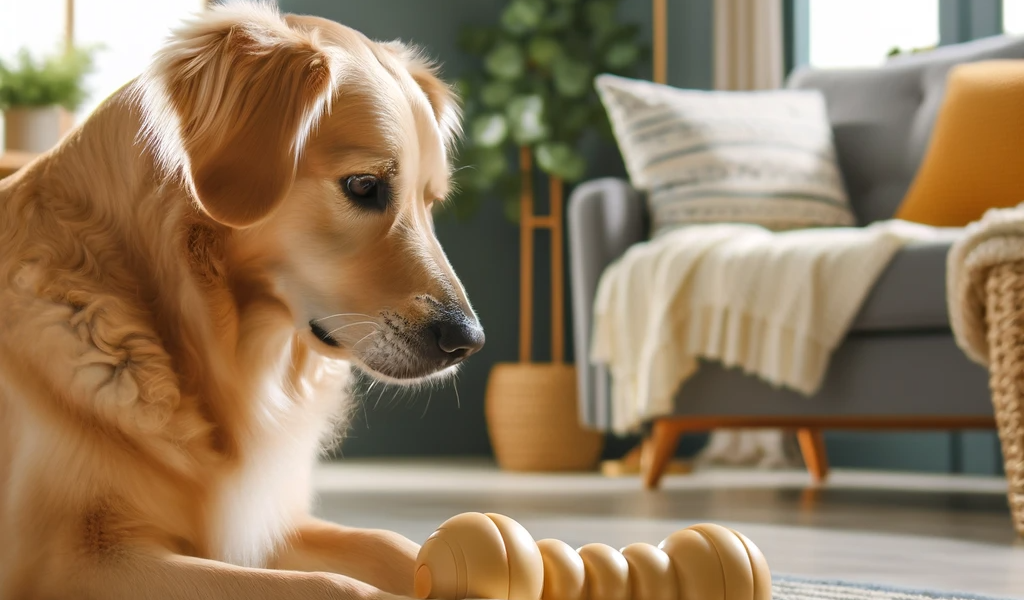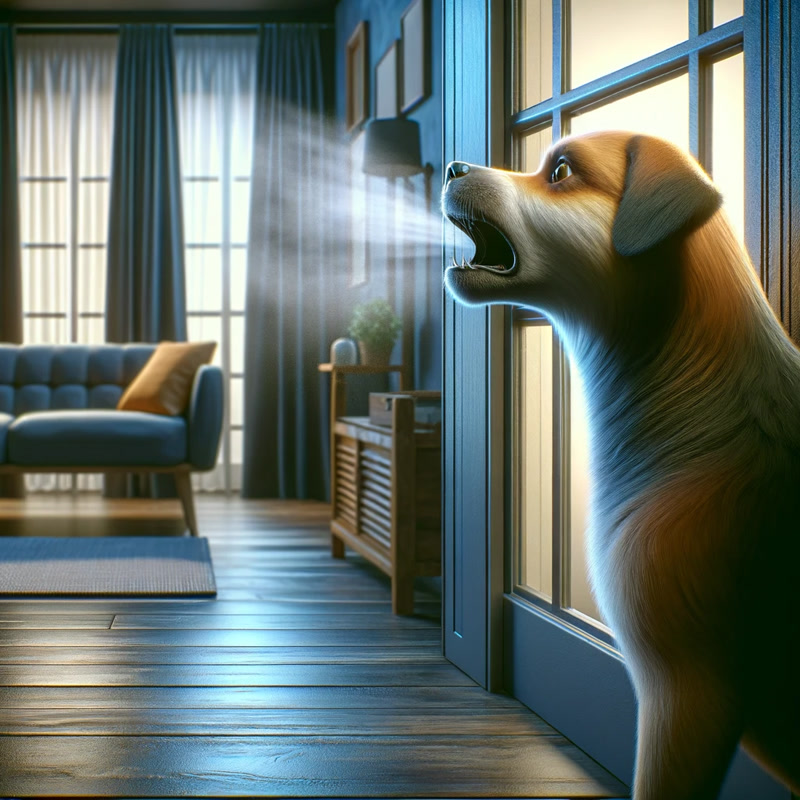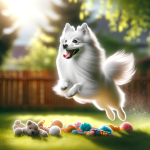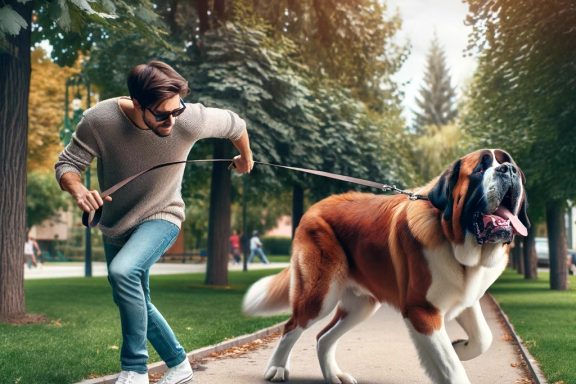Separation anxiety in dogs is a common behavioral issue, often misunderstood by many pet owners.
Recognizing the signs and knowing how to manage it is crucial for the well-being of your furry friend.
This article aims to provide insights into the common symptoms of separation anxiety in dogs, along with practical tips and resources to effectively manage it.
Understanding Separation Anxiety in Dogs
Before delving into the symptoms, it’s essential to understand that separation anxiety in dogs is not uncommon and is not necessarily a result of anything you’ve done wrong.
In fact, about 80% of dogs experience some level of stress when left alone.
A clear indicator of separation anxiety is persistent barking or howling when left alone, often concentrated near windows or in confined spaces like crates.
2. Pacing: The Physical Manifestation of Anxiety
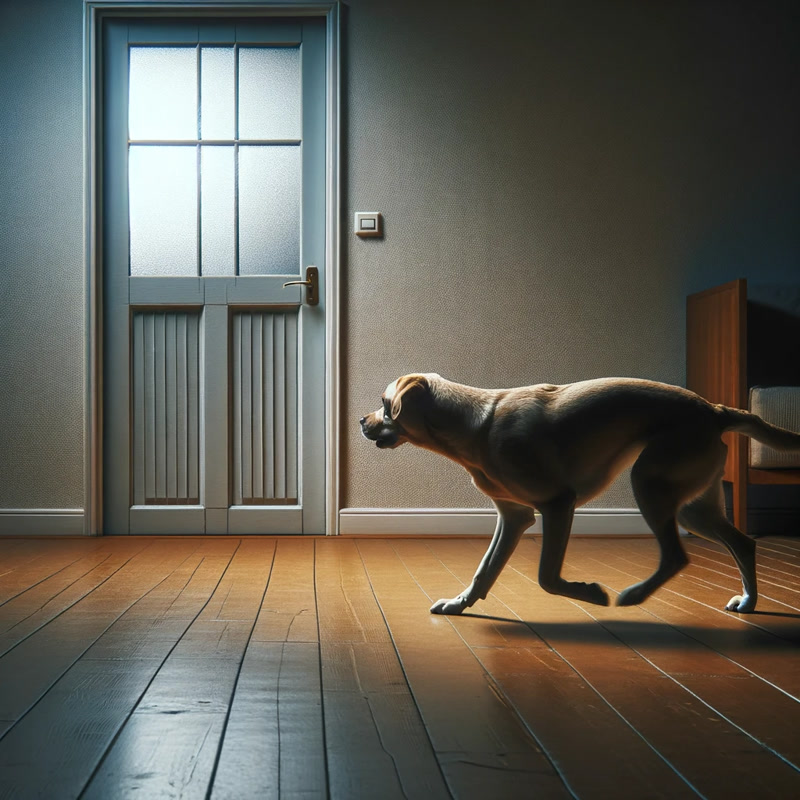
Pacing back and forth, especially near the door or in specific patterns, is a symptom seen in dogs suffering from separation anxiety.
This behavior typically only occurs in the owner’s absence.
3. In-House Accidents: A Sign of Stress
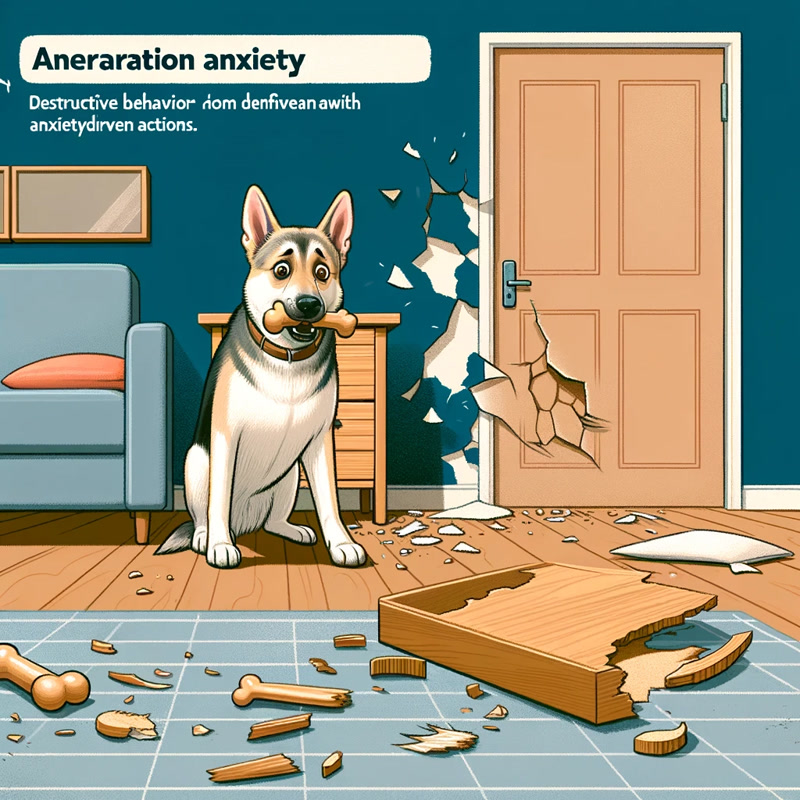
Even well-trained dogs can have accidents in the house when experiencing anxiety.
If these incidents happen primarily during your absence, they may be attributed to separation anxiety.
4. Excessive Salivating and Panting
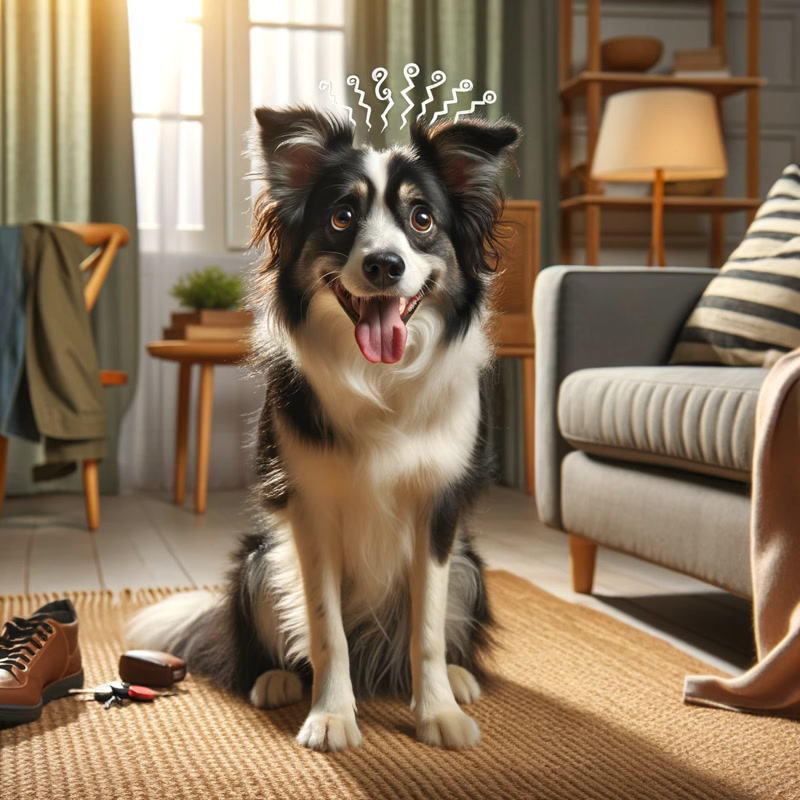
Increased salivation and panting can be signs of nervousness and anxiety in dogs, often seen in cases of separation anxiety.
5. Restlessness: An Indicator of Unease
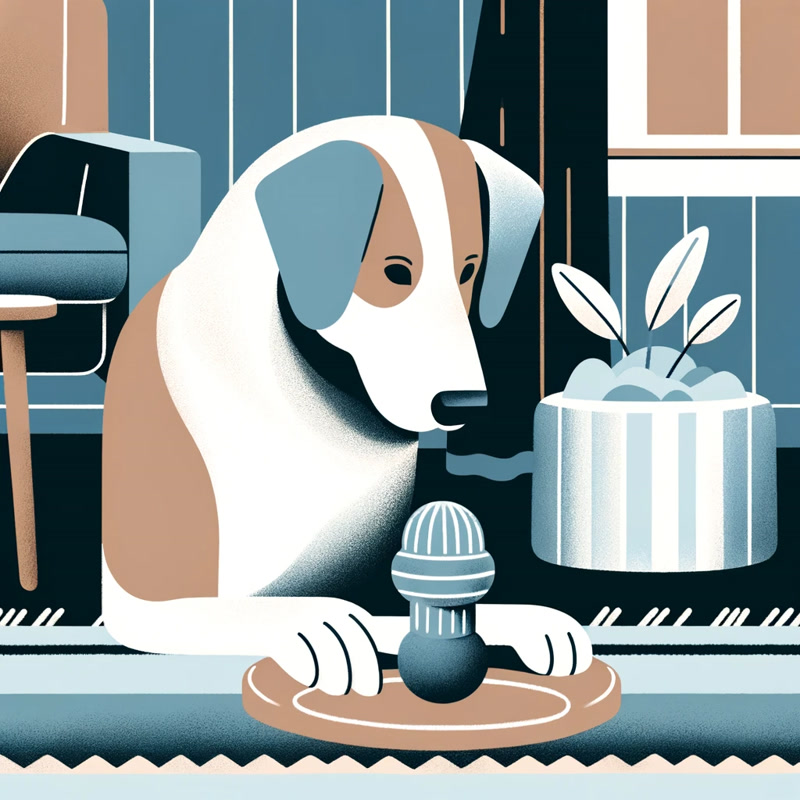
A dog that is unable to relax, constantly checking windows or unable to settle down for a nap, may be experiencing separation anxiety.
6. Escape Attempts: A Serious Sign of Distress

In severe cases, dogs may attempt to escape from confinement, leading to potential injuries and destructive behaviors.
7. Destructive Chewing and Digging
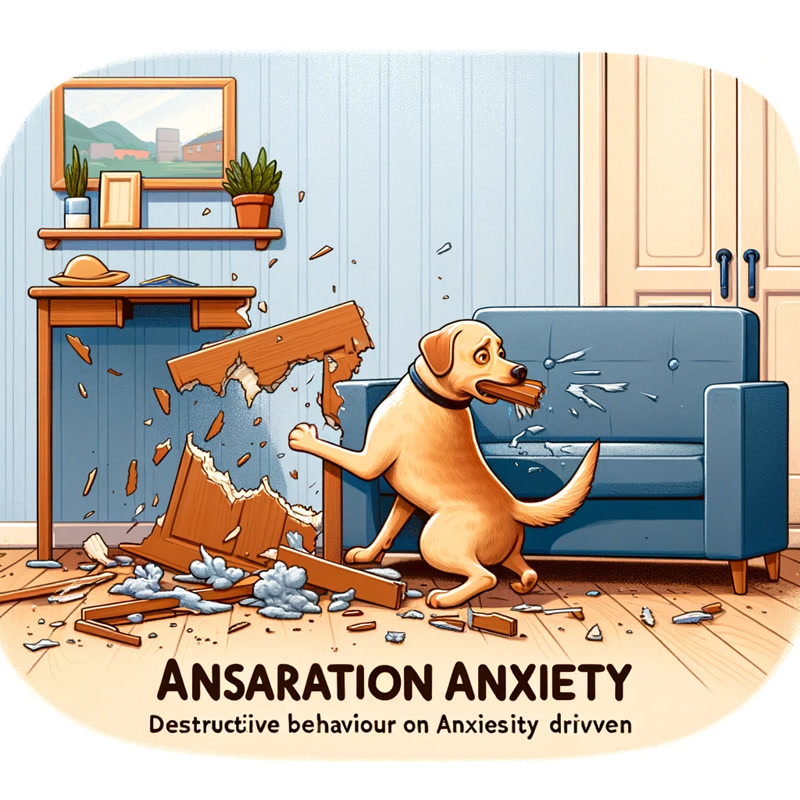
Chewing on furniture or walls and digging behaviors, particularly when the dog is alone, can be signs of separation anxiety.
8. Clingy Behavior Upon Return
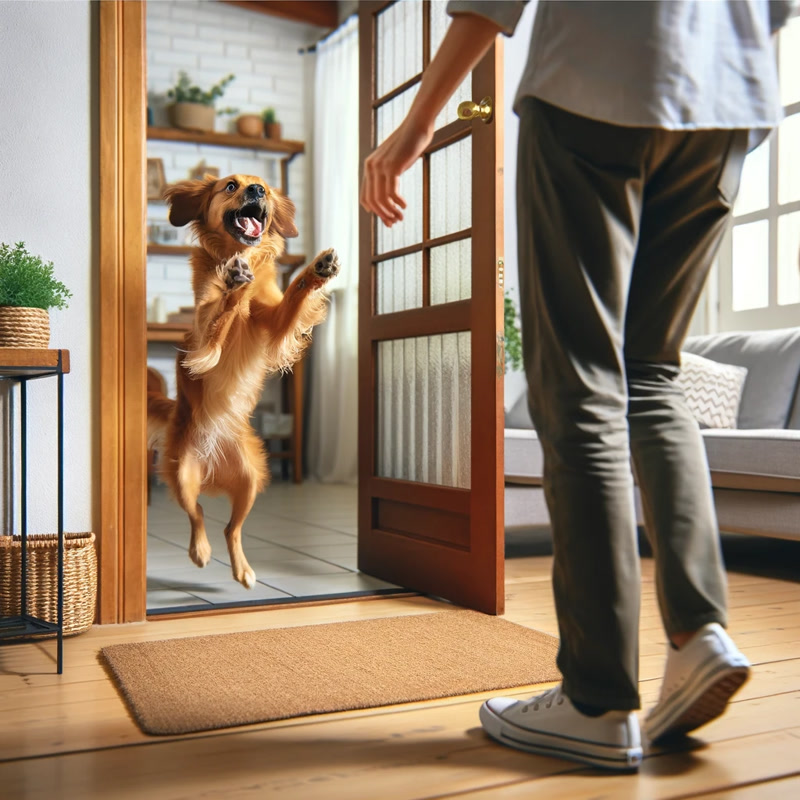
A dog that refuses to leave your side after you return home could be exhibiting signs of separation anxiety.
9. Nervousness During Routine Departures

If your dog becomes anxious during your regular morning routine, it could be a sign of separation anxiety.
10. Overly Excited Greetings

Extremely enthusiastic greetings, to the point of trembling or accidental urination, can be indicative of separation anxiety.
Managing Separation Anxiety in Dogs
While there’s no quick fix for separation anxiety, consistent management strategies can make a significant difference.
These include keeping your dog calm during your routine, gradually getting them used to your absence, providing engaging activities like frozen Kongs, teaching independent behaviors, and ensuring regular physical and mental exercise.
Additional Resources for Support
- Separation Anxiety – ASPCA
- Separation Anxiety in Dogs – VCA
- Helping Dog Anxiety – Humane Society of the United States
Remember, managing separation anxiety is a gradual process, but with patience and the right approach, it can be effectively addressed.
Share your experiences and tips for helping dogs with separation anxiety in the comments below!

